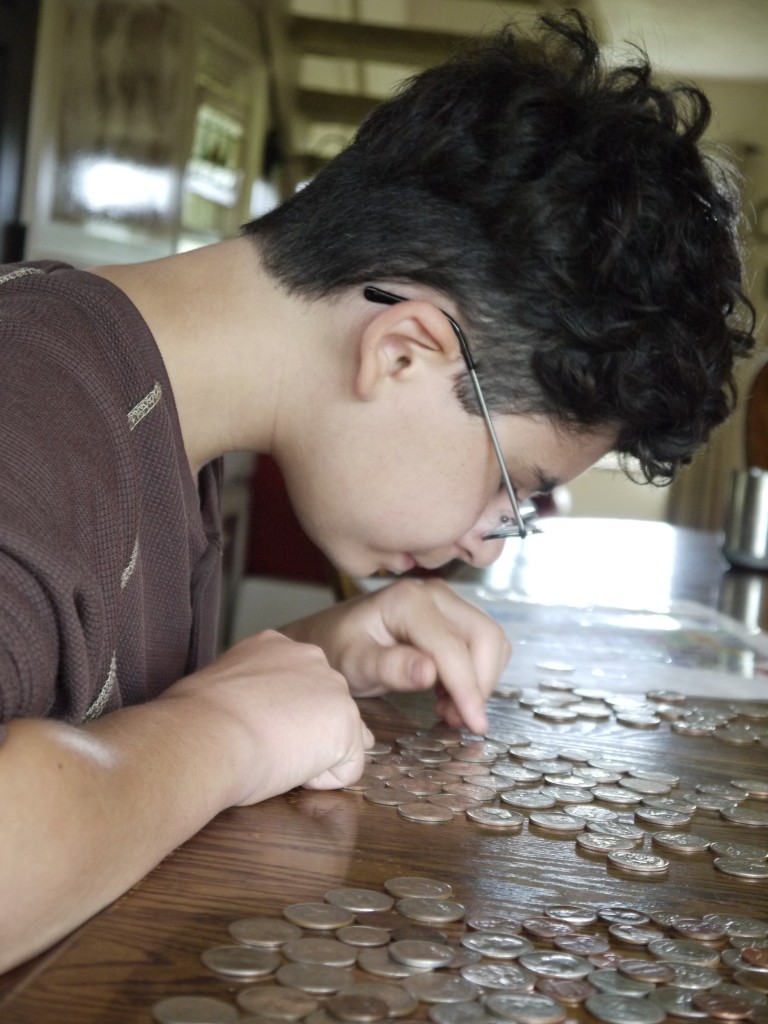I posted last week about our CC community’s schedule, which is in its second year of meeting for four weeks, then offering a two week break. Many have reached out to me asking how that works for us as a family, and what benefits I personally feel we gain through what might seem as an “interrupted flow,” of learning. I wanted to share a few thoughts on that, and give some insight into how it looks in our homeschool.
The Why
If you’re familiar with CC at all, you know that it moves quickly. Foundations and Essentials follow a 24 week schedule (most curriculum is written for 36 weeks) and pack a generous swath of learning into that timeframe. The history schedule alone is dizzying. Two weeks for WWII? A single week on Lewis and Clark? Yes, these are just the sentences you’re committing to memory, but those of us who flesh out those concepts and prefer to do so chronologically can really struggle with the “full speed ahead!” feel.
A large part of this struggle is my heavy Charlotte Mason leaning overriding the Classical method in which the CC approach is rooted. If you are a true Classical home educator, the rapid progress is of no concern, as you are simply wiring “memory pegs” for your children through repetition, understanding that because of the nature of the stages of learning, these facts learned in the Grammar stage will be carved deeper still during the Dialectic stage, and finally given more context in the Rhetoric stage.
CM educators like myself see the inherent progression of learning that the Classical Model advocates as being true, but also understand the value of what Miss Mason asserts regarding education:
1. The child is a full person. Mason observed that, though young, children are already full persons. They are made in the image of God, and they are worthy of respect; they are also sinful and thus in need of restraint and guidance. They are created desiring to learn. They are not passive, merely waiting to be filled with information, but are active seekers, eager for ideas.
2. Education is the “science of relations.” By this Mason means that a child wants to be knowledgeably connected to and related to the world, and it is the task of education to enable and foster this.
3. Children deserve a rich curriculum. Mason believed that children can tell good materials from poor ones, and accordingly, she advocated a curriculum that allows children to interact with the best materials available and ones suited to their developmental stage. This includes “living books” (well-written, worthwhile books, the classics of all eras); classics of art, music, and literature; and ample opportunity to interact first-hand with the actual materials of nature and science.
4. Learning should be teacher-guided and self-directed. Mason sought to “fan the flame” of the child’s innate curiosity and love of learning. She did not encourage the self-directed learning in which a child creates his or her own curriculum; rather, she planned a wide curriculum, chose materials, and then stood back. She noted, “The function of a teacher is to design learning experiences, not principally to convey information.” Her phrase “masterly inactivity” describes the work of the teacher: lecturing little, not getting between the students and their books, pictures, or science, but remaining immediately available to guide or stimulate the students whenever the need appears.
5. Atmosphere educates. Mason believed that children unavoidably learn from the atmosphere of the home and classroom. Whether we intend it or not, they will detect and learn carefulness or laziness; politeness or disrespect; self-discipline or intemperance. Homes and schools need to intentionally create an atmosphere that encourages and supports the desired character and behavior in our children.
All of which leads for some to a conundrum over the dissonance of the two methods. For me, it’s lead to something of an open door— a door made wider thanks to our community’s two weeks off— which I call a Scholé Pause.
The How
My two most advanced learners (6th and 5th grades this year) have their CC weeks planned out on pages from Grace For This Mom. Each day they are directed towards their reading, journaling assignments, math lessons, music practice, etc. My role is to facilitate but not force feed, and most definitely not to lecture. Instead, I hear oral narrations, or am given the privilege of reading or viewing the written or drawn narrations. (What’s narration? Glad you asked!) This rhythm is similar for my younger learners, but they do not have assignment pages; rather, I set up learning provocations, or draw them aside to specific moments for more directed time with me, like reading instruction.

All of these planned activities and resources circle around the CC memory work, though they may not follow it exactly. We keep pace with what is being presented in the Guide, though we may take a decidedly different angle than the one targeted. For example, when our history sentence was about Christopher Columbus, we primarily focused on non-Natives “discovering” the continent, such as Brendan the Navigator and Leif Erickson.

Our Scholé Pause weeks are framed differently, though. For those two weeks, the assignment sheets for the older kids disappear, replaced instead with blank notebook pages they fill in as they work each day. Math is still a constant, but science may suddenly loop back to a topic I didn’t feel got enough airtime in the single week it was highlighted in the Foundations Guide. So where three weeks prior, a child read in The Usborne Complete Book of the Human Body (affiliate link) about the sense of sight and diagrammed and labeled an eyeball in his nature journal, this week I hand him a simple biography of the scientific work of René Descartes and his initial work in the understanding of the optic nerve. From there, the child decides to do a new journal page, this one drawing from Descartes own diagramming. This rabbit trails into an inquiry about how glasses work, which triggers a trip to the library and, ultimately, a family afternoon spent exploring the resources and staging the experiments from the website of The Optical Society.
Another day, it may be my purposeful directing of listening to Copland’s Billy the Kid over morning chores in the hopes of sparking interest in the idea of dime westerns, which leads to a day of research on our bookshelves and the frantic authoring of multiple original stories of the Old West.

It could be giving a child who stumbles upon his brother’s collection of state quarters the time and the space to sort and locate them all, then watching as he asks, for the first time, why the states have their distinct shapes, and figures out how to answer his own question. Or making sure the table is available for that overly involved handicraft you didn’t have time for last week. Or even just disappearing into that library book you didn’t think you’d get to, and savoring every page.
It’s about rest. It’s about learning. It’s about stepping back and letting the connections be made without the pressure of keeping up with the tyranny of the urgent as it appears in your planning sheets. It’s about making space in the minds and hearts of everyone in your family for the love of learning to be fanned that much more.
That’s the Scholé Pause.
The When
We are blessed to have this schedule, which allows us both the predictable routine of Thursday meetings for a month and also the freedom of two weeks to explore and breathe. Not every community offers this, but you know, I think it might catch on if enough families recommend it. Simply suggest to your director that she consider creating a calendar that plans in purposeful pauses for rest and leisurely learning. Offer her some specifics as to what benefits you think it might offer the families in your group, and what it might do for the overall atmosphere of your community to build in a feeling of a more Sabbath-minded learning.
If you’re not part of a CC community or outside co-op, of course, you can easily accomplish this on your own. Having weeks of structure punctuated by a short season of restful learning mimics the rhythm God prescribes for us in our everyday life, and brings new life to our homeschool in so many ways. It’s not just a CC thing, or a CM thing. It’s a human thing, to desire to ruminate and reflect and take joy in the journey. I highly recommend finding a way to arrange your personal calendar in a way that gives you the time and space to cultivate this kind of refreshing atmosphere!
1 Comment
Comments are closed.